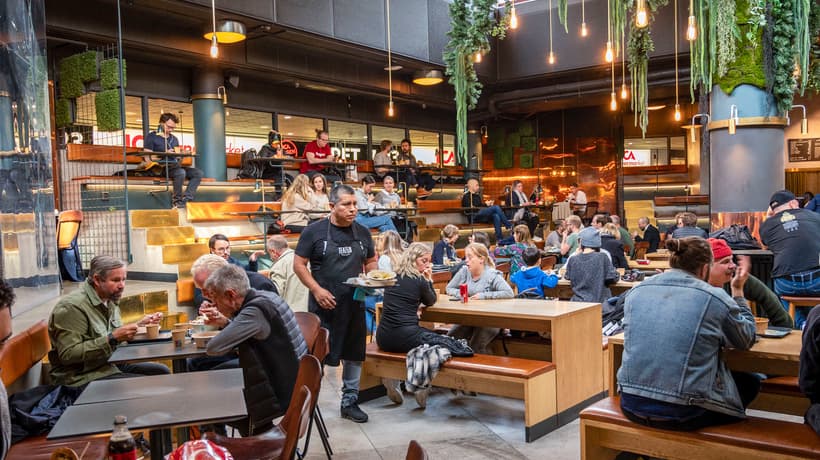The number of bankruptcies is decreasing for the first time in a long time, primarily in the hotel and restaurant industry.
However, the total number of bankruptcies remains at extremely high levels. And the number of new startups continues to decrease.
In June, the number of bankruptcies decreased by four percent compared to the same period last year, according to new figures from the business and credit information company Upplysningscentralen (UC).
Finally, it's turning around. Since August 2022, the number of bankruptcies has increased month after month, and the decrease we're seeing now will continue, predicts Gabriella Göransson, CEO of UC.
Looking at the first six months of the year, the number of bankruptcies was still 40 percent higher than during the same period last year. The number of new startups is also fewer compared to June 2023 – a decrease of 26 percent.
Relief in the restaurant industry
The decrease in bankruptcies is interpreted by UC as a positive effect of, among other things, the Swedish Central Bank's interest rate cut in May. But it will take time before Sweden reaches a normal economic situation. There are still companies with tax debts from the pandemic that need to be paid.
In the hotel and restaurant industry, the number of bankruptcies decreased the most in June, 38 percent compared to the same month last year. An industry consisting of companies with small economic margins and heavily affected by the pandemic.
The decrease is happening from very high levels, which is an explanation. But it also shows an optimism among households that are choosing to spend money on restaurant visits again, says Gabriella Göransson.
Tough times in the construction industry
In retail, the number of bankruptcies decreased by 13 percent, and in wholesale, by six percent, compared to the same month in 2023.
On the other hand, the number of bankruptcies in the construction sector continues to increase.
The increase is still low compared to the catastrophic figures we've seen before. The improvement may be due to households daring to make larger investments again, such as building houses. It's the construction companies closest to consumers that have been hit by the most bankruptcies, says Gabriella Göransson.





